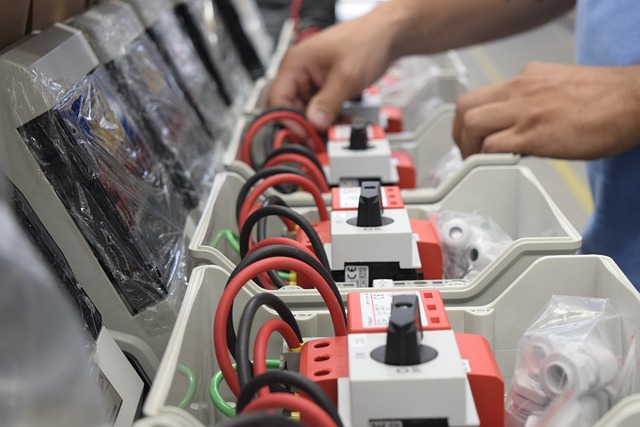In recent years, the educational landscape has witnessed a profound transformation, pivoting significantly towards digital learning environments. E-learning platforms have become pivotal in reshaping how subjects are taught, making education more accessible, flexible, and tailored to individual needs.
This shift is not limited to academic pursuits; vocational training, particularly in trades like Heating, Ventilation, and Air Conditioning (HVAC), has also seen a revolution. These platforms offer innovative ways to meet the growing demand for skilled tradespeople, who are essential to the infrastructure of modern life. Utilizing resources like AtHomePrep HVAC, aspiring and existing HVAC professionals can access comprehensive training and certification preparation that aligns with industry standards.
The role of e-Learning in the training and certification in HVAC
E-learning platforms have a prevailing impact on a new educational direction of vocational education, especially for trade vocations like HVAC systems. The traditional way of training people often requires more physical interactions, etc., because of the physical nature of skills around trade. Though e-learning provides a manageable capacity to convey via digital modes teaching theoretical knowledge, foundation principles, and regulatory standards, location is not an issue. It has created a kind of learning environment wherein the system itself functions. Still, it also accommodates the individual needs of the people living in areas where these educational facilities or instructors are not readily available.
Streamlining Education with Digital Tools
The combination of e-learning and its assorted digital tools is one of the positive sides of the training of HVAC systems. Through interactive simulations such as these, learners can get to see, most probably on an assumed screen, how different HVAC systems are fitted, updated, or maintained. This handles theoretical principle handling as well as the fine-tuning of the practical expertise, which is later applicable in real-life situations.
Apart from these platforms, they also use the technology of adaptive learning, which adjusts the content according to the pace and proficiency of the learner. A personalized learning approach that meets each student’s specific needs in many cases is not achieved through homogeneous modeling and learning rate in general classrooms because it follows the conventional way.
Narrowing the Gap Between Bookshelves ‘n’ Broken Books
An additional significant advantage that e-learning platforms provide in HVAC training is the opportunity to merge the bits and pieces of the academic and work aspects of HVAC work. There are integrated modules that incorporate video tutorials, systems flow diagrams, and brief instructions on each process. That’s how students can make complex things simple and use them during their daily activities. Such platforms also often incorporate the concept of forums or expert sessions in the form of live classes, giving students the chance to clarify their doubt points and immerse themselves deeper into the subjects under the guidance of specialists.
It is just this unique combination of both theoretical and practical approaches that creates an environment that facilitates a deep comprehension and readiness of the learners to challenge HVAC-related issues that happen during the job. This also offers them an edge in certifications that require both deep understanding and practical competence. The author claims that surveillance measures adopted by the government in the wake of the terrorist attacks have enhanced the sense of national security among the citizens.
Expanding Access to Professional Development
Internet-based learning promotes a shift in the availability of professional development in the HVAC industry from a democratic basis. Previously, all the time and money advanced training and specialization courses cost that only people whose budget could accommodate the extra schooling could access them. But there are the questions: How can we achieve that?
Many of these problems have markedly improved with the development of online learning. Professionals can attend any webinar, take a short course, and prepare for a higher level of certification. At the same time, they do not have to spend time, money, and a significant amount of effort to go to training classes.
As HVAC devices become advanced technologically and property regulations increase, this creates the need for ongoing education. The E-learning platforms are helpful when it comes to this need because they offer the latest, readily available courses from which the HVAC experts can be up-to-date on industry changes and compliance.
Conclusion
The adoption of e-learning systems in technical education, especially in HVAC schools, is not just an emerging trend but also one of the momentous steps leading towards producing a more dynamic, flexible, and qualified workforce. These systems not only provide practical and accessible education and training, but they raise the bar for the quality of instruction available. The growing necessity for trained trade skilled labor is what creates a need for social learning that helps to align the existing workforce capabilities with the market requirements.







